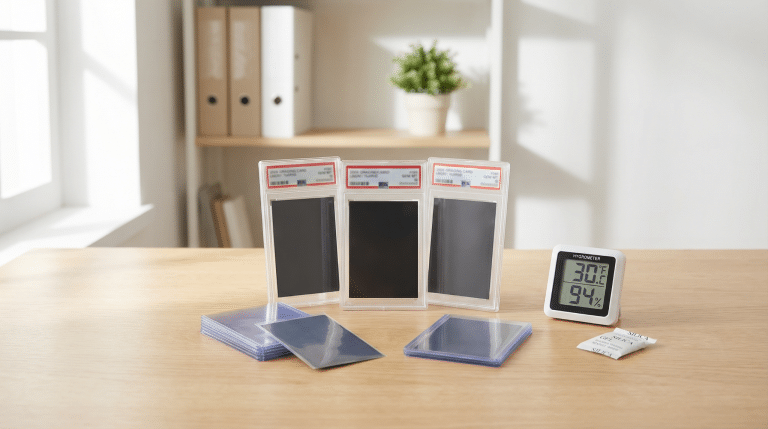How to Choose the Best Medical IV Poles: A Complete Buying Guide
In any healthcare setting, whether it’s a hospital, clinic, nursing home, or even a homecare environment, IV poles play a crucial role in delivering fluids, medications, and nutrients to patients. While they might seem like a simple medical accessory, choosing the right medical IV pole can have a significant impact on patient comfort, nurse efficiency, and even safety.
With so many options available in the market, how do you choose the best medical iv poles for your facility or home setup? This guide breaks down everything you need to know to make an informed and practical choice.
What Is a Medical IV Pole?
An IV (intravenous) pole is a piece of medical equipment designed to hold IV bags that deliver fluids and medications directly into a patient’s bloodstream. It typically includes:
- A pole (telescoping or fixed)
- A base with wheels or legs for mobility and stability
- Hooks or hangers for IV bags
- Optional accessories such as baskets, monitor mounts, or infusion pump holders
1. Determine the Usage Environment
Start by identifying where the medical iv poles will be used:
- Hospitals or clinics may need heavy-duty poles with multiple hooks and high mobility.
- Home care setups may only need a simple, lightweight pole with basic functionality.
- Surgical centers may require poles compatible with monitors and multiple pumps.
Understanding your specific environment helps narrow down your choices quickly.
2. Choose the Right Base Design
The base of the IV pole determines both its stability and mobility.
- Five-leg or six-leg bases offer better stability and reduce tipping risk, especially in busy hospital settings.
- Four-leg bases may be sufficient for light use in homecare.
- Caster wheels (usually 2” to 5”) allow smooth movement, especially important in emergency and operating rooms. Make sure they swivel and lock for safety.
If you’re looking for pediatric IV poles, opt for stable and colorful designs to appeal to younger patients while maintaining safety.
3. Select Adjustable Height Options
Most modern IV poles come with a telescoping design, allowing adjustable height to accommodate patient beds, wheelchairs, or standing positions.
When choosing an IV pole:
- Look for a wide range of height adjustment, typically 45″ to 85″.
- Prefer tool-free height adjustment knobs for ease of use.
- Check for durable locking mechanisms to avoid accidental drops.
4. Consider Hook and Bag Capacity
The number of hooks is directly tied to the pole’s functionality:
- 2-hook IV poles are ideal for basic needs.
- 4-hook or 6-hook poles are better for ICU and surgical units where multiple infusions are administered simultaneously.
Also, consider the weight capacity of each hook. Standard IV bags usually weigh about 1–2 kg, but some treatments require heavier or multiple bags.
5. Material and Durability
Medical IV poles should be durable, rust-resistant, and easy to clean.
Common materials include:
Stainless steel: Durable and corrosion-resistant; ideal for long-term, heavy-duty use.
Aluminum: Lightweight and rust-resistant; better for mobile and home applications.
Plastic base with steel pole: Offers affordability but may sacrifice some stability.
Choose a material based on your intended usage, budget, and infection control protocols.
6. Check for Additional Features
Advanced IV poles come with useful add-ons that can make a big difference in functionality:
- Infusion pump mounts
- Monitor trays or baskets
- Power outlets
- Oxygen tank holders
- Color coding for department identification
- Anti-microbial finishes
While not all these features are necessary for basic needs, they can enhance workflow in high-demand medical environments.
7. Budget Considerations
Prices can range from ₹2,000 ($25) for basic models to ₹25,000 ($300) or more for advanced hospital-grade units with additional accessories.
- Balance your budget with your needs:
- Basic models may work well for home use or low-intensity applications.
- Invest in higher-end models for hospitals and ICUs to ensure reliability, safety, and multitasking.
8. Brand Reputation and Warranty
Always choose a reputable medical equipment supplier that adheres to international safety and hygiene standards. Check:
- Product reviews
- Manufacturer warranty
- After-sales support
- Availability of replacement parts
A good IV pole should last several years with minimal maintenance.
Final Words
Choosing the best medical IV pole isn’t just about picking the cheapest or most expensive option—it’s about matching the pole’s features to your specific needs. Whether you’re outfitting a multi-bed ICU or just caring for a loved one at home, focusing on stability, material quality, capacity, adjustability, and mobility will help you make the right decision.
With the right IV pole in place, patient care becomes smoother, safer, and more efficient.








